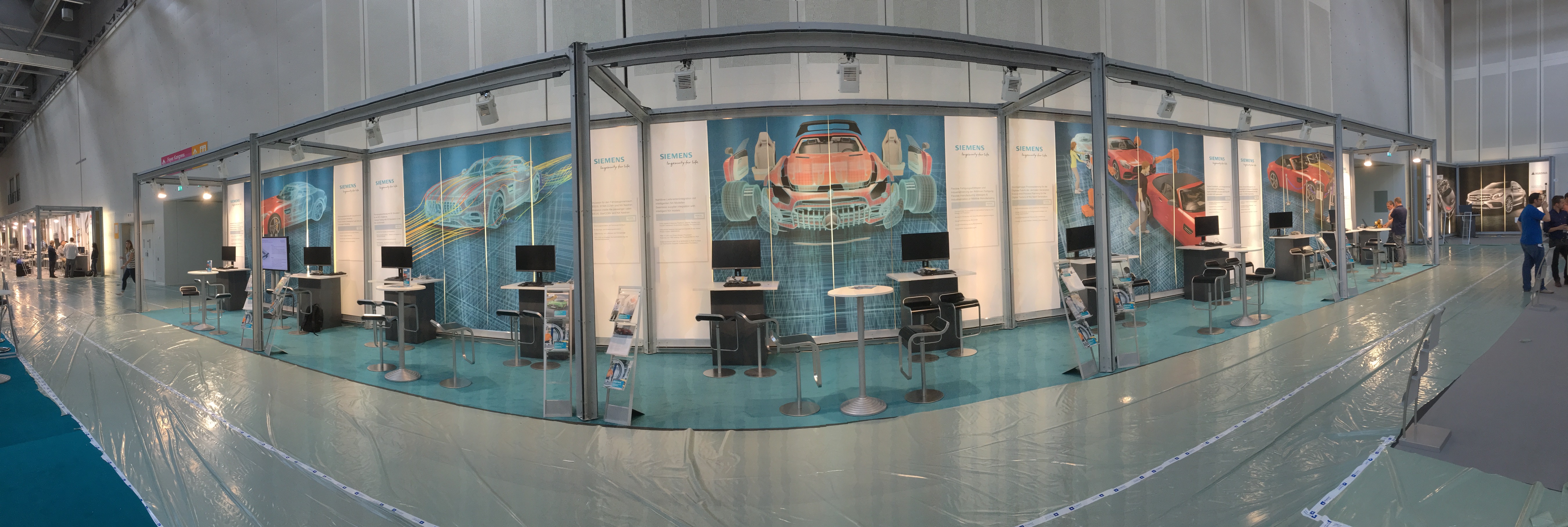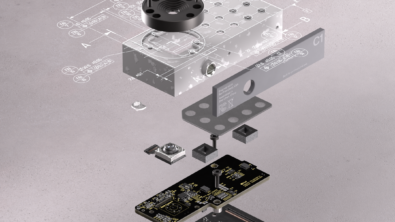Next Generation Design and Manufacturing for Auto


How will we design and develop the next generation of automobiles? That question is at the forefront of the minds of OEMs, suppliers, engineers and designers the world over. The automotive industry is undergoing a dramatic transformation of every step of a vehicle’s lifecycle. Generative design, additive and hybrid manufacturing, new materials and artificial intelligence all are enabling radically new ways to design, produce, and operate vehicles.
As the pace of innovation accelerates, the design of the electrical, mechanical, and software content as well as the production and operation of tomorrow´s smart and connected vehicles are converging to a single digitalized process. Now more than ever, it is imperative that automotive companies choose a platform for product development that will not only keep pace with these changes, but stay ahead of them.
A little more than two years after Daimler completed the largest CAD software migration ever from CATIA to NX, the German automotive giant is now not only successfully using the latest NX release, but also looking to the future to see what is possible. They explored these topics and more during the Daimler EDM CAE Forum 2017.
More than 5,000 people gathered in Stuttgart, Germany last week for the two day-long event that brought together Daimler suppliers, vendors, and partners from around the globe to discuss how the digital twin and other advancements are driving the future of vehicle development. Our own VP of Product Engineering Software (NX) Bob Haubrock was in attendance, along with NX Marketing Director Paul Brown. Together, they presented NX on the main stage during the forum.


My colleague Peter Scheller also had a role in the Daimler EDM and CAE Forum. He shared his experiences with all of us here on the blog:
“Many sessions [during the event] focused on the efficiency gains Daimler has made over the last two years using NX,” Peter said. “It is now possible for Daimler to use NX in their own efficient ways, and they have a solid engineering platform in us to move forward in the future.”
As for the direction in which they are headed, two key topics of the event—Convergent Modeling and Additive Manufacturing—lend insight. Peter said Daimler is currently looking at how integrate new technologies such as these into their design processes.
 Other popular topics recurring throughout the forum included MCAD / ECAD integration, augmented reality (AR) and virtual reality (VR), and systems-driven product development. Siemens is able to provide a substantial offering in each area, particularly with respect to our recent acquisitions. The addition of Mentor Graphics—one of the world’s leading ECAD companies—along with the LMS suite of 1D simulation tools available through Simcenter are perfect examples of how the Siemens portfolio keeps ahead of changes in the product development process to offer you the best solution in the marketplace today.
Other popular topics recurring throughout the forum included MCAD / ECAD integration, augmented reality (AR) and virtual reality (VR), and systems-driven product development. Siemens is able to provide a substantial offering in each area, particularly with respect to our recent acquisitions. The addition of Mentor Graphics—one of the world’s leading ECAD companies—along with the LMS suite of 1D simulation tools available through Simcenter are perfect examples of how the Siemens portfolio keeps ahead of changes in the product development process to offer you the best solution in the marketplace today.
As more automotive companies such as Daimler look at new design and manufacturing approaches for the next generation of products, we are confident NX stands out among solutions in terms of what designers are able to accomplish from day one with the software.
With Convergent Modeling and Additive Manufacturing, for example, it is now possible to design and manufacture products with such complex, irregular shapes as never seen before. These new designs allow for lighter, more structurally sound products, which means stronger, more fuel efficient vehicles for consumers. Not only that, but Convergent Modeling together with 3D printing make it possible to completely eliminate an entire step from the reverse engineering process. No longer is a lengthy conversion or rework of data necessary in order to be able to work with faceted data from scans. Instead, it is now possible to simply scan, import the data into NX, edit, and 3D Print a new component—all without leaving NX. Think of the impact this could have over time on the product lifecycle. We’re talking not only stronger, lighter designs but faster turnaround, a shorter product lifecycle… all of which keeps companies competitive.
It is one small example of the strength Siemens offers to customers around the world, and in the automotive industry in particular. Peter said it best, when he said: “Siemens has the digital platform to support the next generation of Daimler cars.”


